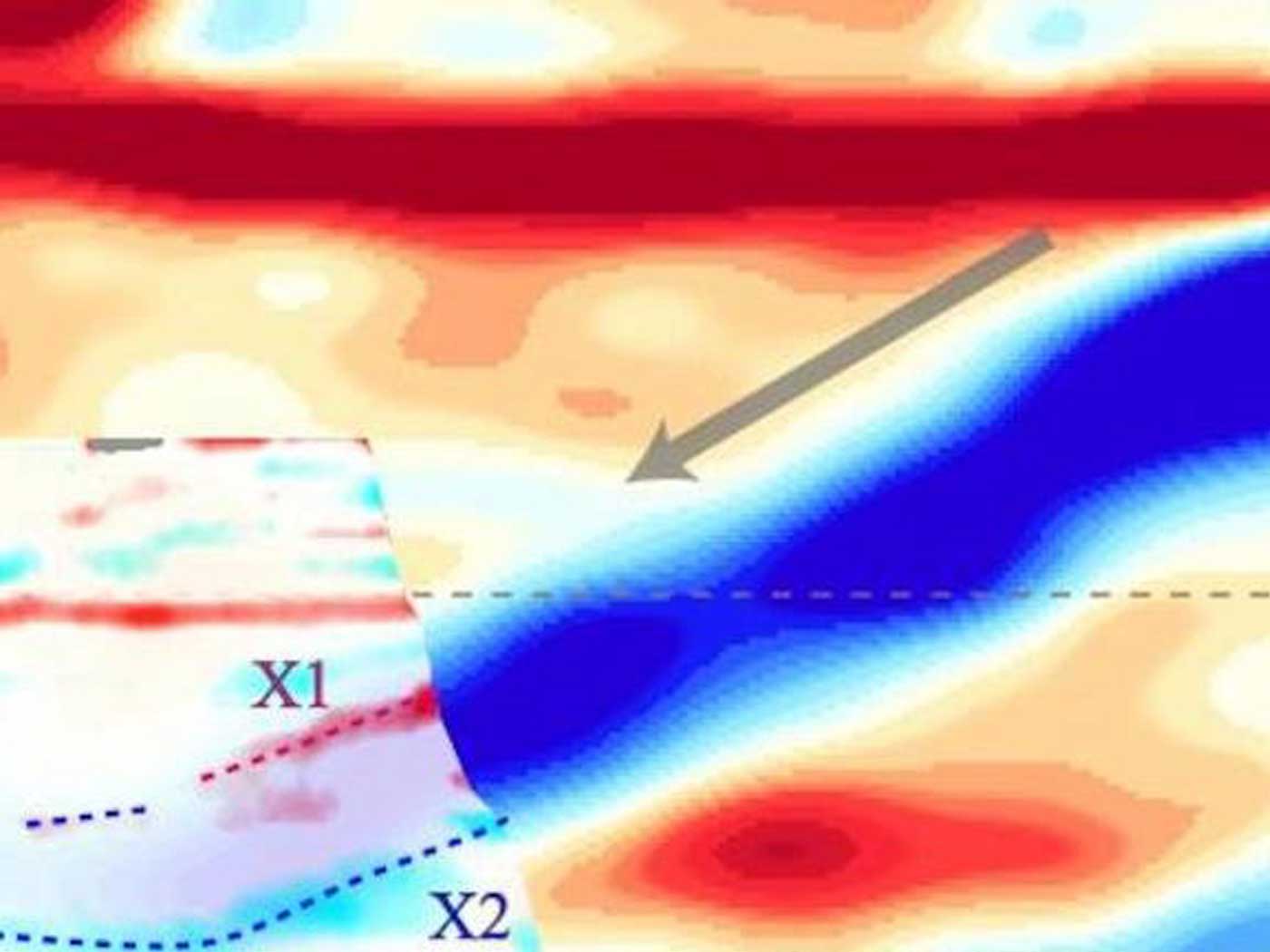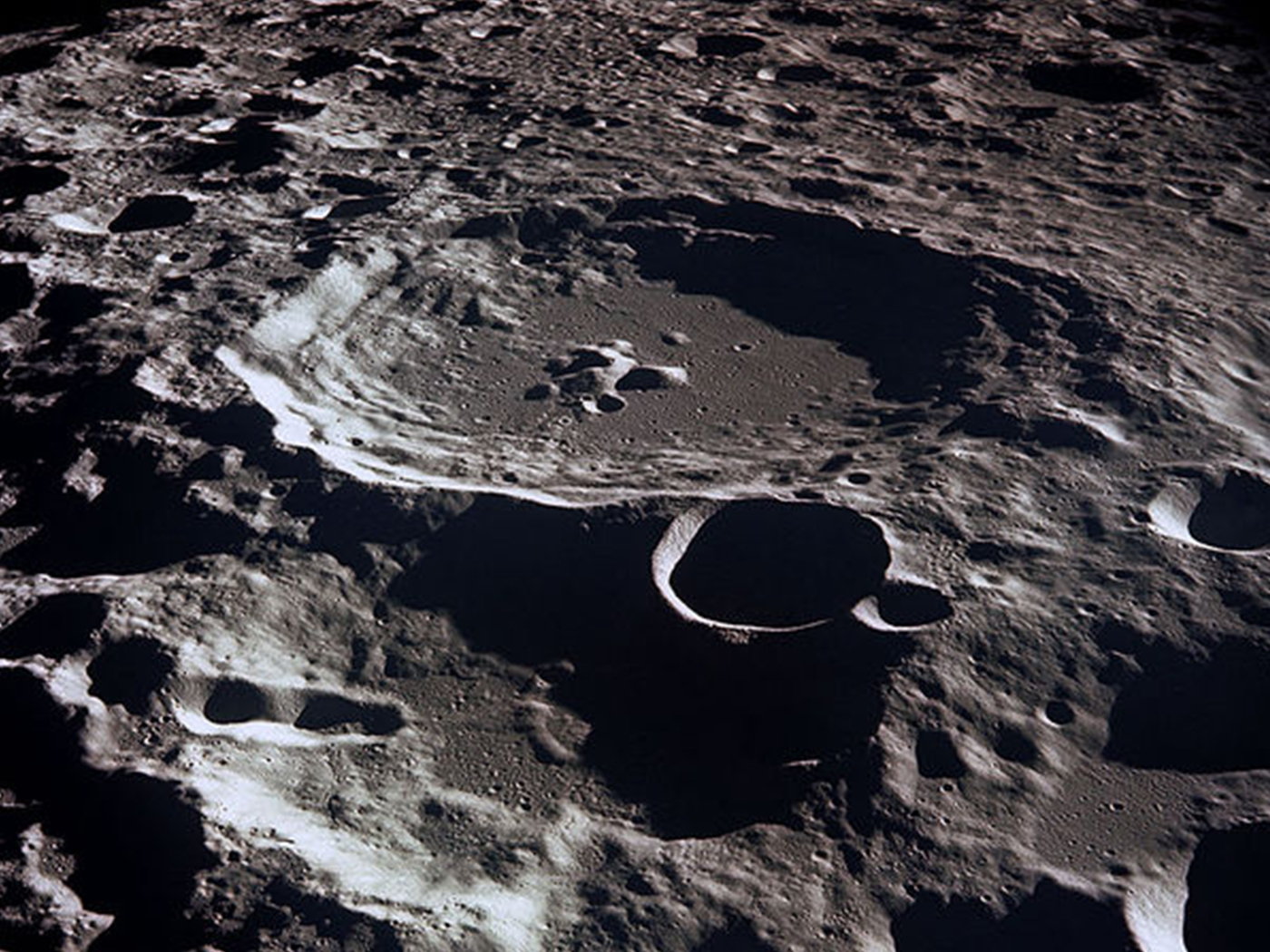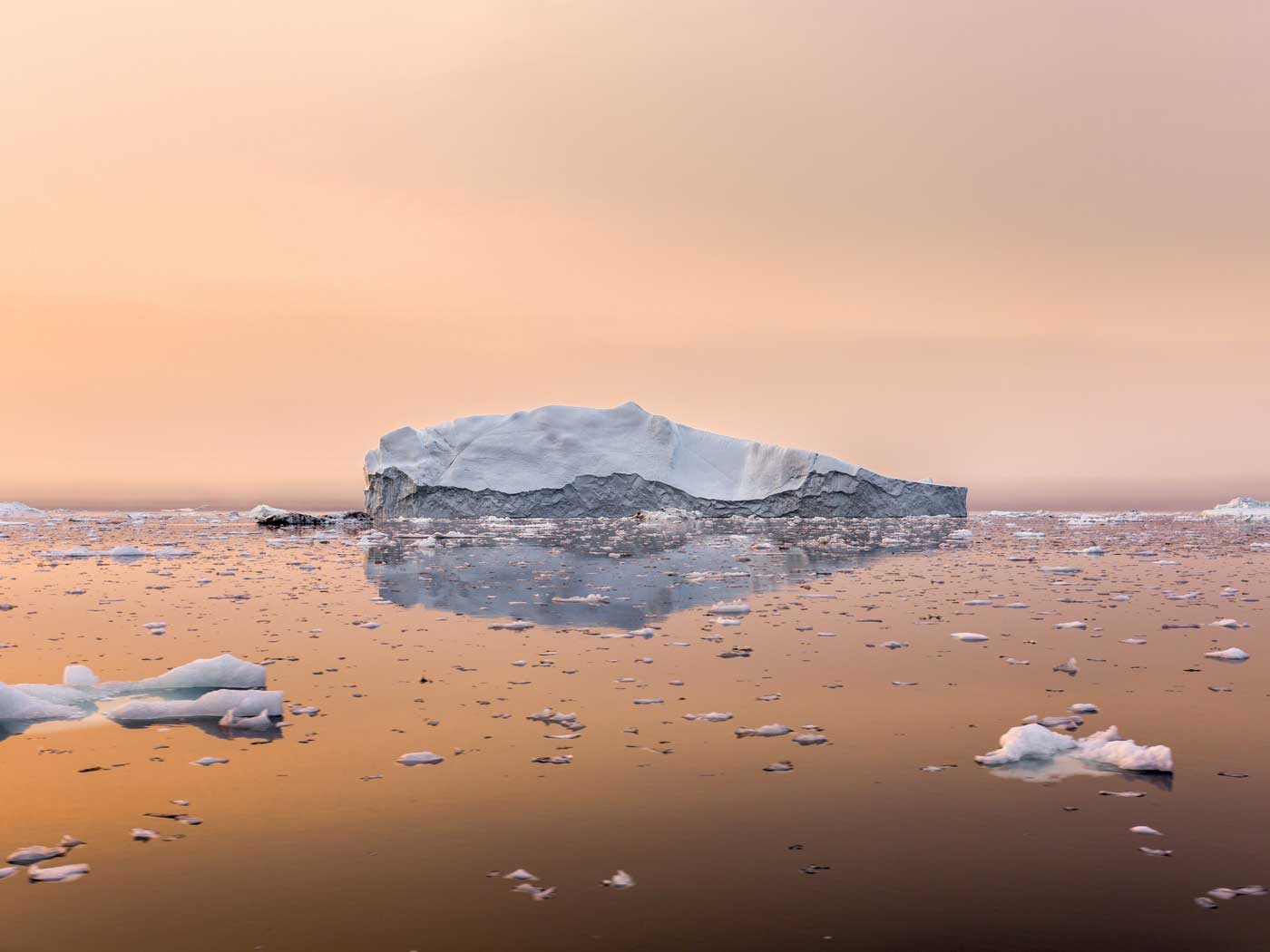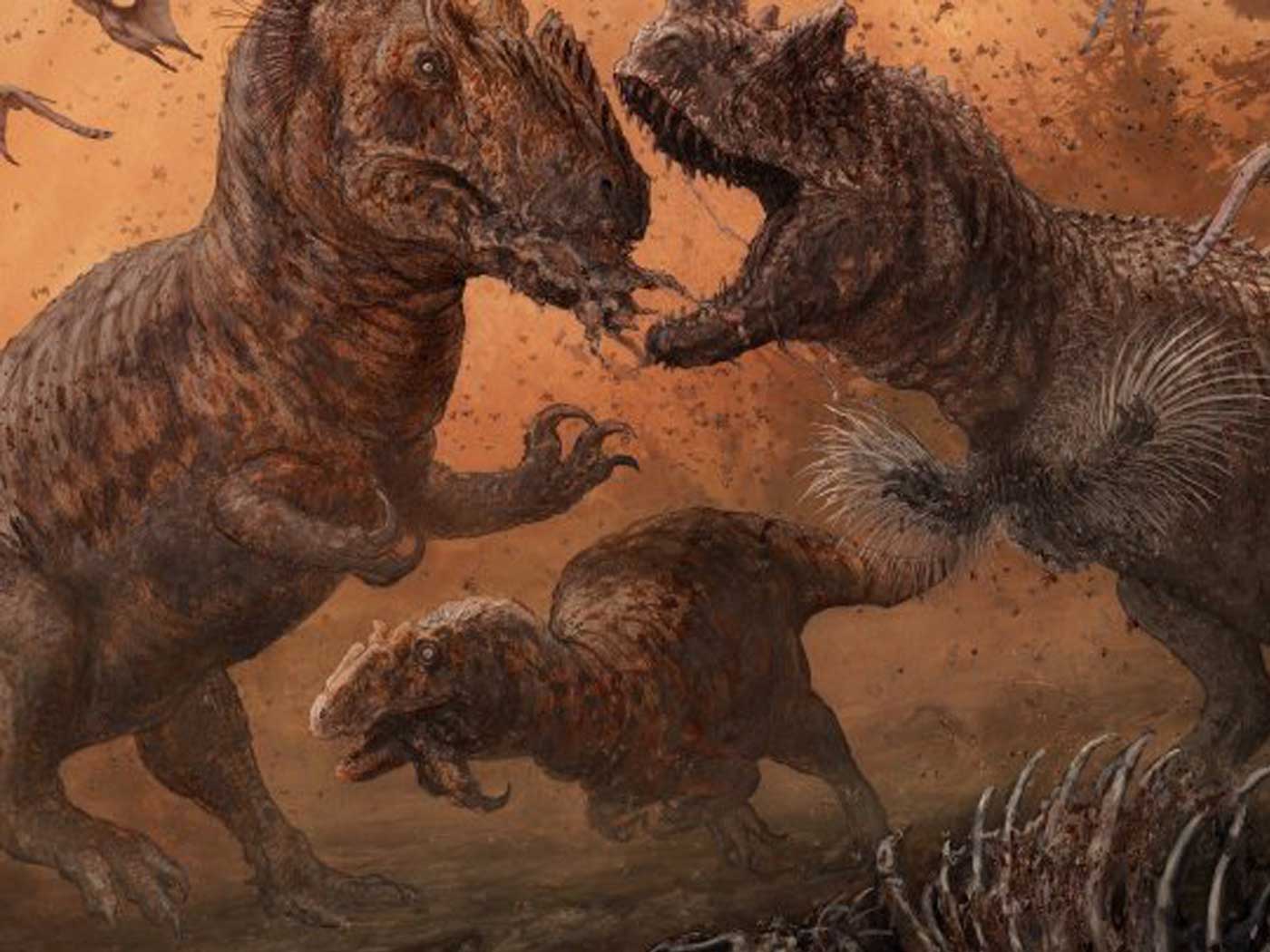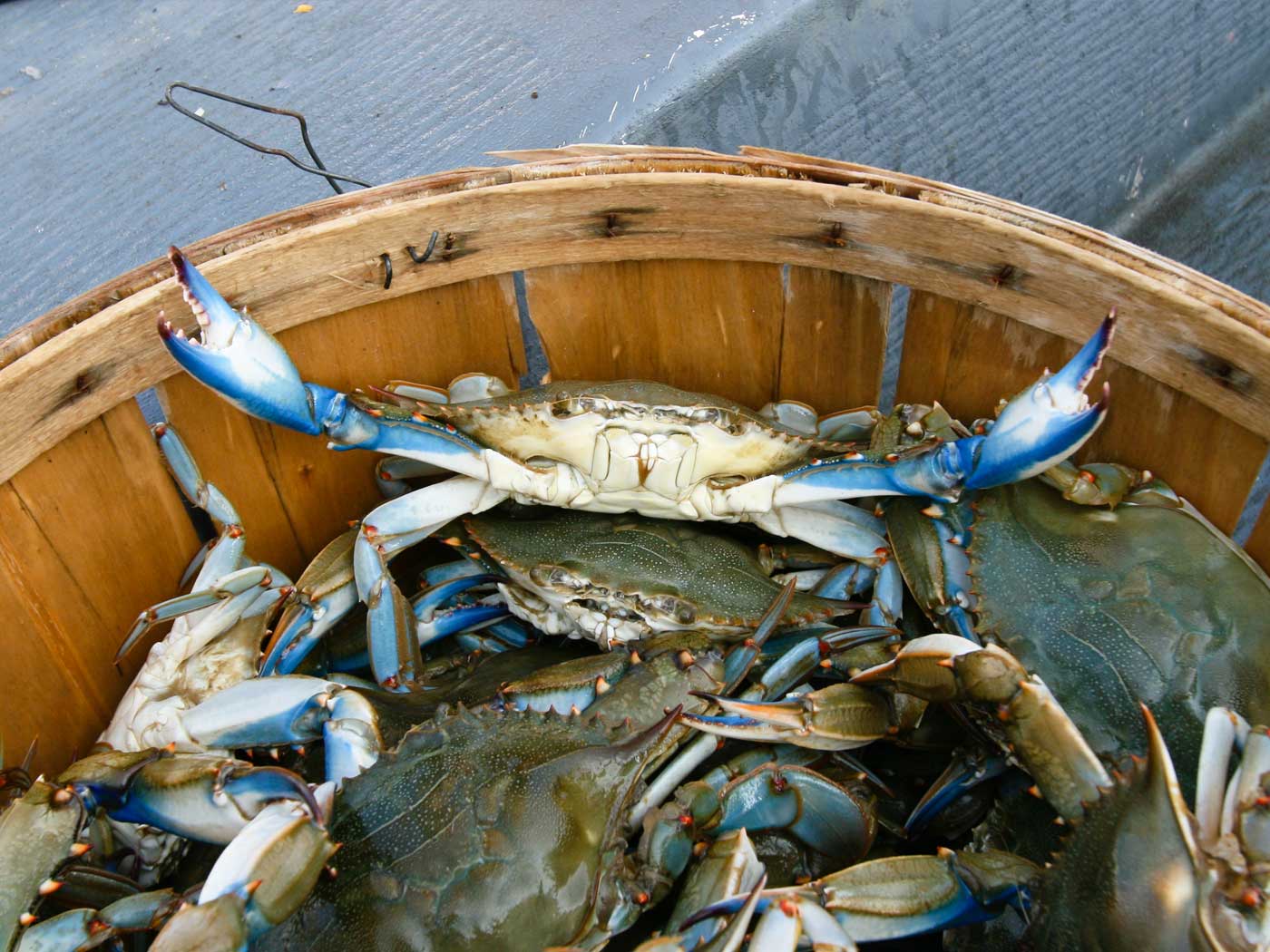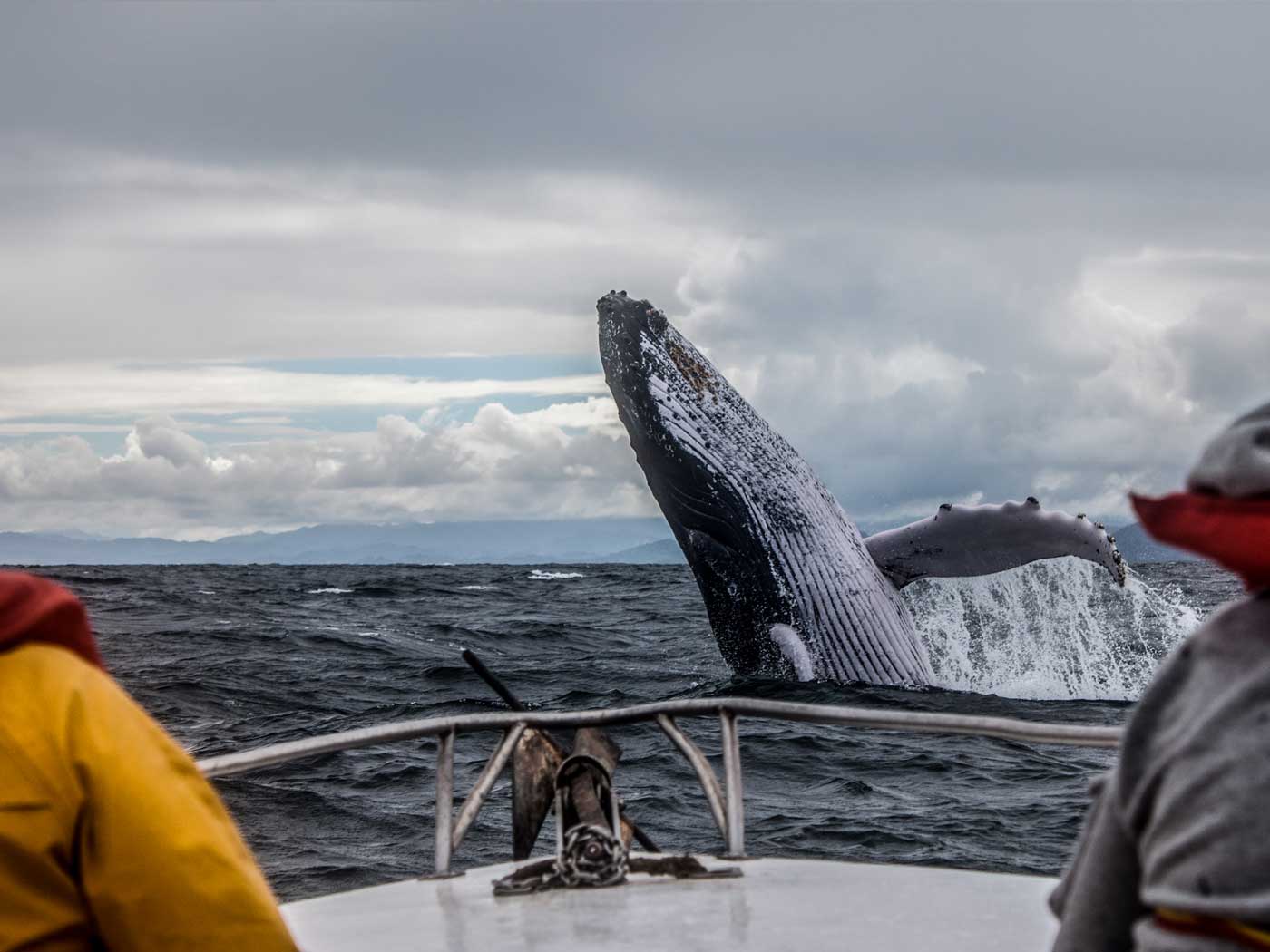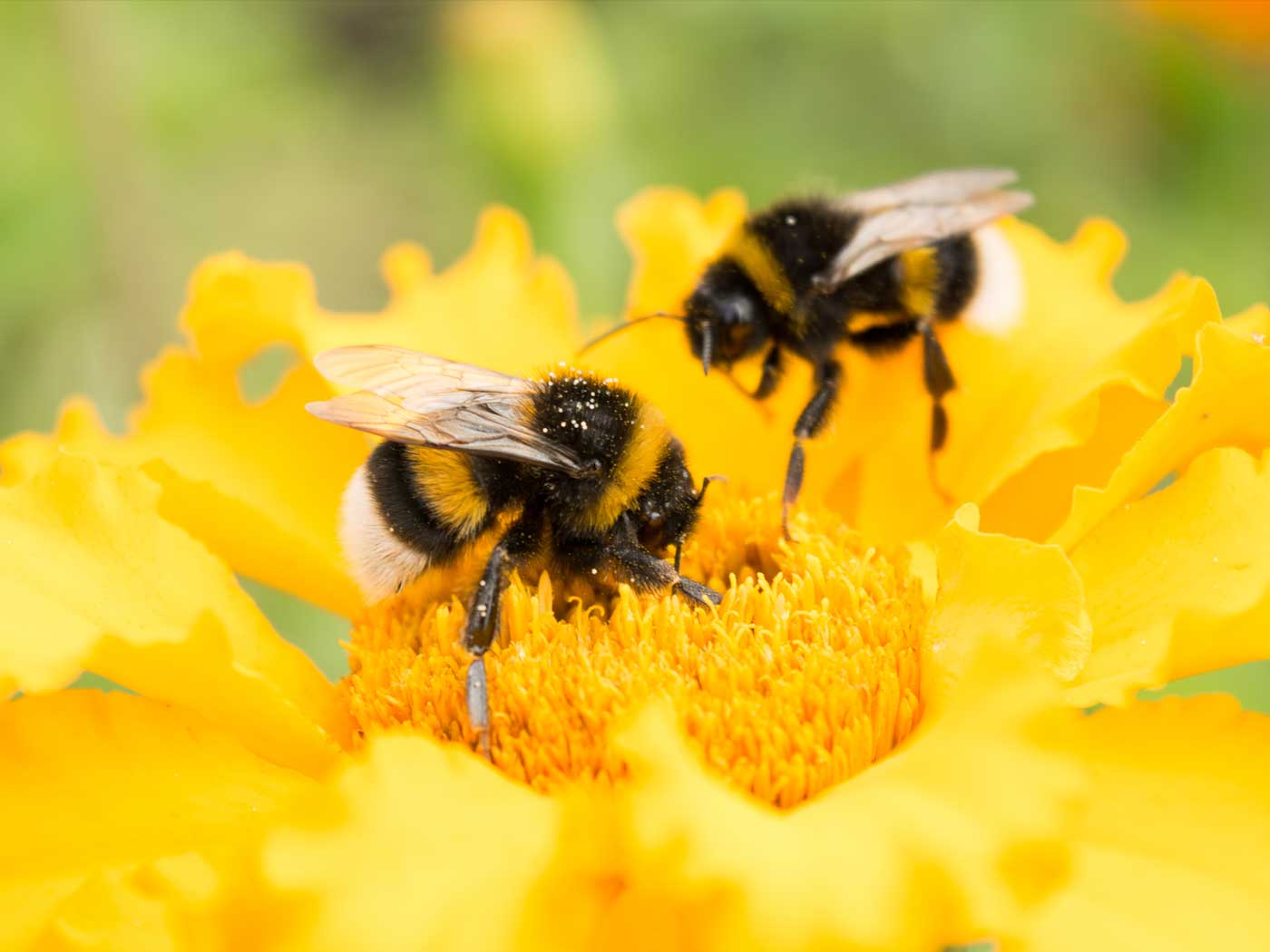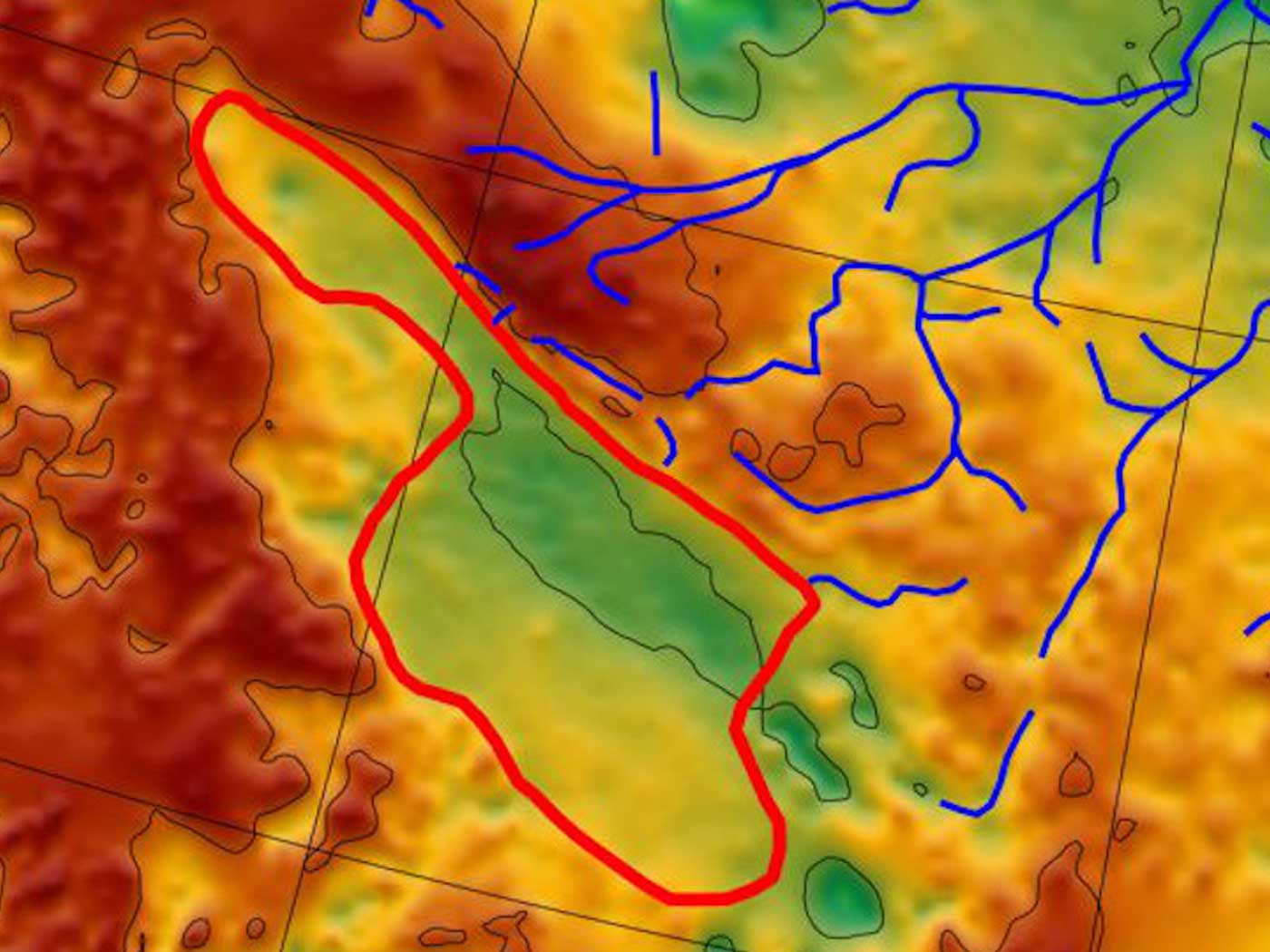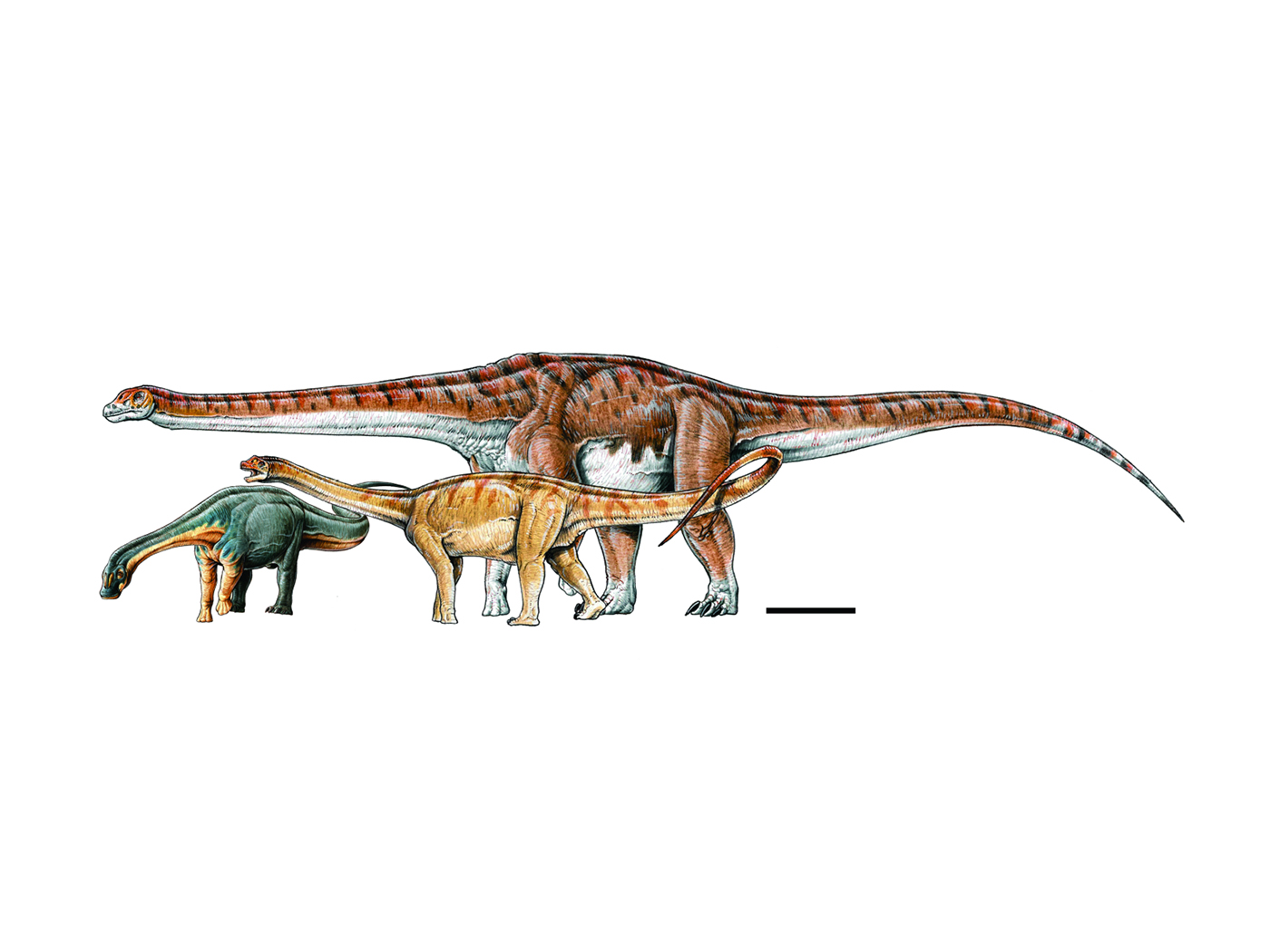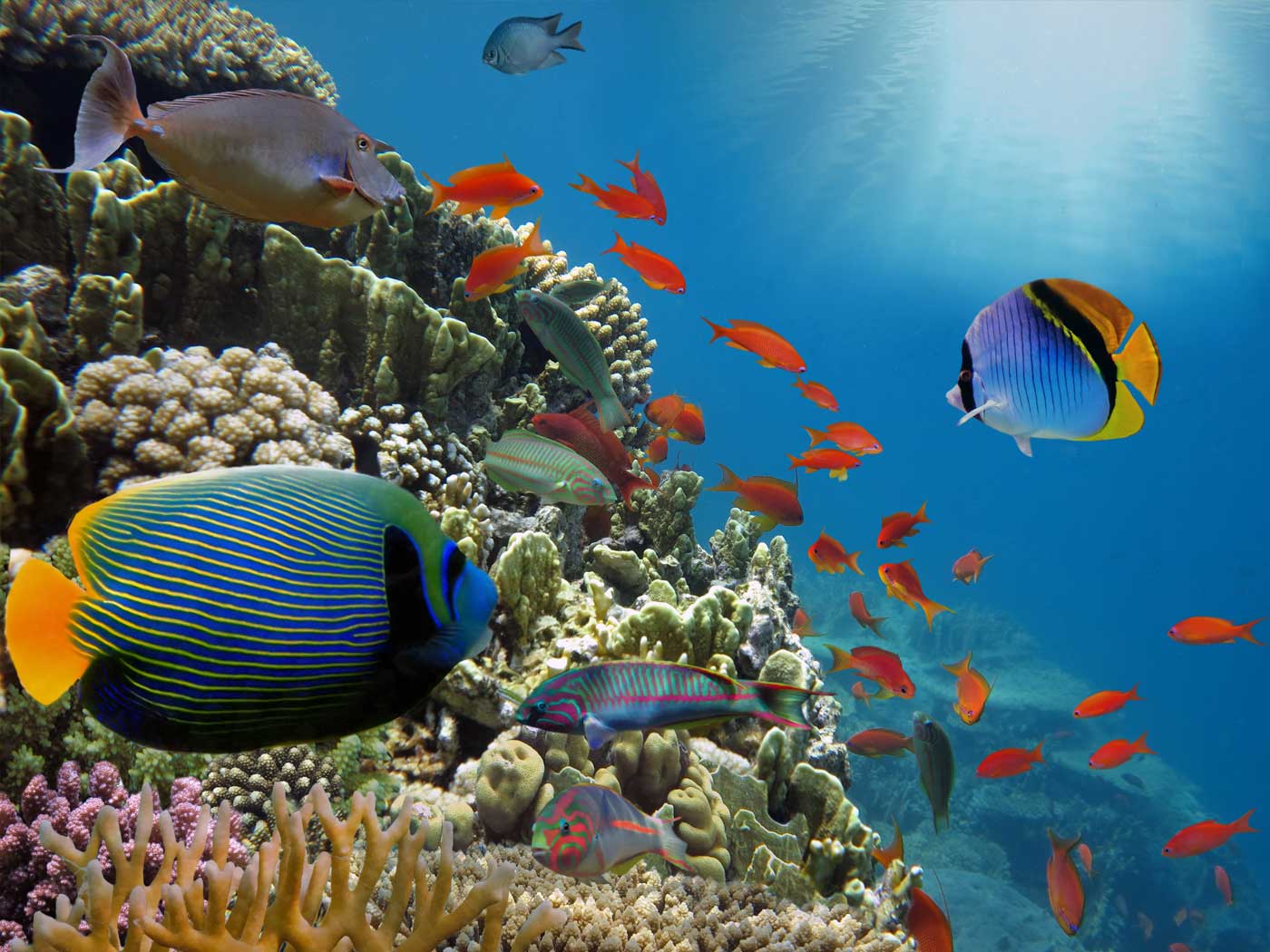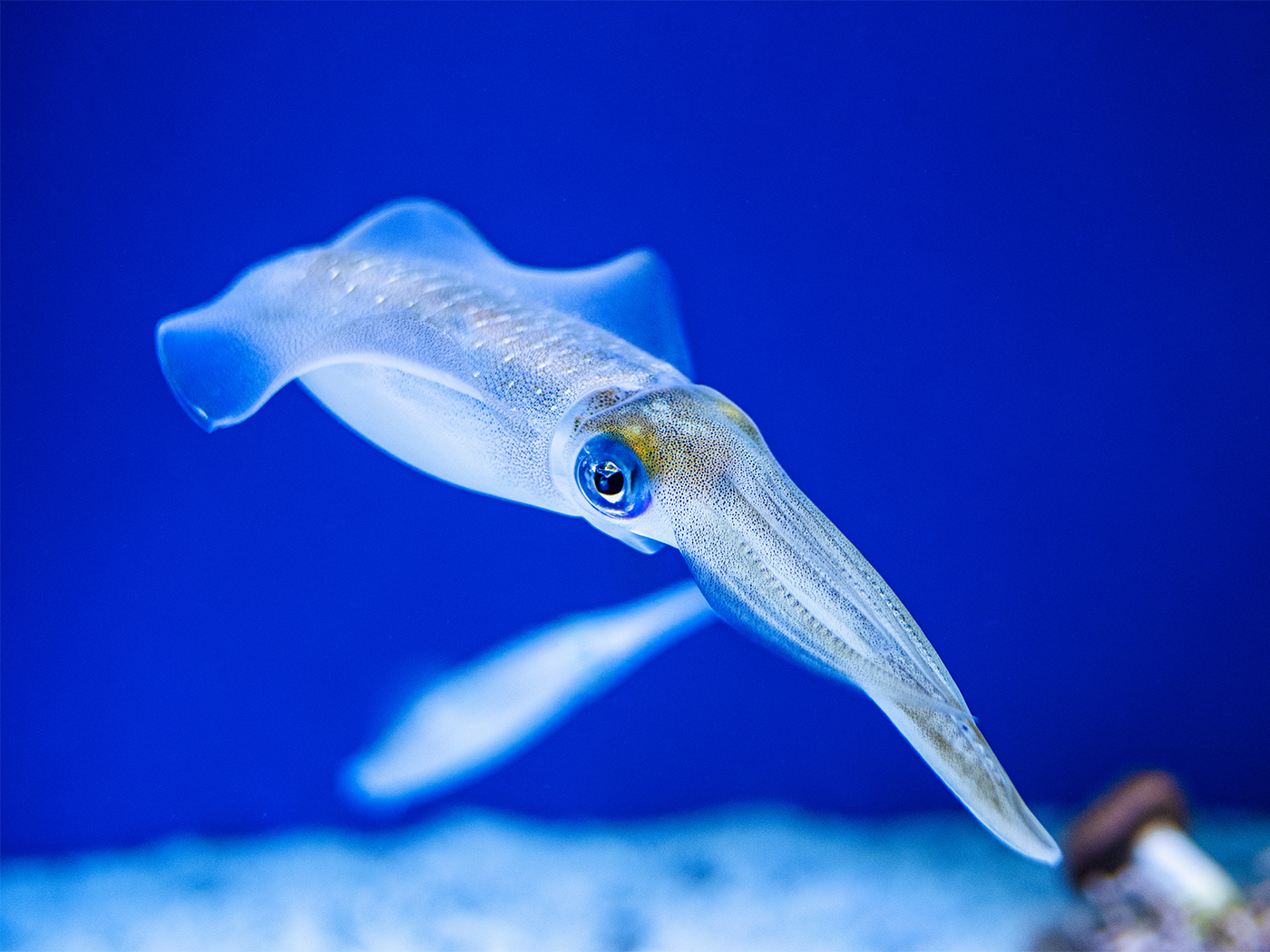Since the word banana does not occur in Scripture, any evidence of bananas in ancient Middle Eastern diets would have to come from the ground. New research found just that, and the details unwittingly imply trade capacities well-suited to the ancient world represented in the Bible.
Publishing in the journal Proceedings of the National Academy of Sciences, University of Munich-led researchers found food chemicals glued to buried tooth tartar.1 They used new techniques to identify ancient protein remnants locked onto the teeth. Signatures of bananas, soy beans, sesame seeds, and turmeric turned up among their selected 16 skeletons. The international team used Bronze Age individuals excavated from the ancient trade city of Megiddo, and later used individuals excavated from the Iron Age city of Tel Erani.
With no prior evidence that these plants previously grew in the Levant, the publishing research team was forced to conclude that long-reaching trade brought the produce from Southeast Asia. Co-senior author Philipp Stockhammer said in a University of Munich news release, “I find it spectacular that food was exchanged over long distances at such an early point in history.”2
Early craftiness would seem much more spectacular if our early ancestors were still evolving from less-than-crafty forebears. In this evolutionary scenario, civilizations’ technologies such as making wine,3 performing surgery,4 “cave men” eating veggies,5 and building boats ready to sail the seas6 should have crept forward over eons. In contrast, biblical origins and archaeology demonstrate humans as fully capable of these technologies from the start.
Sailing from East Asia to Israel could take 40 days—perhaps twice the time it takes today’s green bananas to ripen. Possibly the ancients grew bananas in the Levant. The biblical Flood model opens this possibility by moving the Ice Age from over 11,000 years ago to the time of Abraham.7 The Middle East was tropical back then. But nearby banana trees wouldn’t diminish the likelihood of international trade, especially of items that last longer than bananas.
Stockhammer said, “Exotic spices, fruits and oils from Asia had thus reached the Mediterranean several centuries, in some cases even millennia, earlier than had been previously thought.” He concluded, “We can now grasp the impact of globalization during the 2nd millennium BCE on East Mediterranean cuisine….Mediterranean cuisine was characterized by intercultural exchange from an early stage.”2
That time frame reaches back almost to Abraham, born as Abram in 2166 BC, using the Bible’s chronology.8 On his journey from Ur to Canaan along the main trade route through the Fertile Crescent, Abram could hardly have missed Megiddo. Genesis 12:6 says, “Abram passed through the land to the place of Shechem, as far as the terebinth tree of Moreh. And the Canaanites were then in the land.” Shechem lies a handful of miles south of Megiddo, with its now-excavated Bronze Age Canaanite remains.
In light of this, biblical accounts of traders can be reviewed and better understood. For instance, perhaps the travelers who took Joseph to Egypt carried turmeric in the inventory of the “spices” they transported (Genesis 37:25). Likewise, it may be that “the caravans of Tema” mentioned in Job 6:19 carried sesame oil. This new evidence from ancient tooth plaque spices up the biblical accounts, including the possibility that Abraham and his kids ate bananas in Canaan. Folks back then were just as into long distance trading as we are today, demonstrating that people have been fully people from the beginning.
References
1. Scott, A. et al. 2020. Exotic foods reveal contact between South Asia and the Near East during the second millennium BCE. Proceedings of the National Academy of Sciences, published online December 21, 2020.
2. The aroma of distant worlds. University of Munich news release. Posted on www.en.uni-muenchen.de December 22, 2020, accessed January 6, 2021.
3. Barnard, H. et al. 2011. Chemical evidence for wine production around 4000 BCE in the Late Chalcolithic Near Eastern highlands. Journal of Archaeological Science. 38 (5): 977-984.
4. Buquet-Marcon, C., P. Charlier, and A. Samzun, 2009. A possible Early Neolithic amputation at Buthiers-Boulancourt (Seine-et-Marne), France. Antiquity. 83 (322).
5. Henry, A. G., A. S. Brooks, and D. R. Piperno. 2011. Microfossils in calculus demonstrate consumption of plants and cooked foods in Neanderthal diets (Shanidar III, Iraq; Spy I and II, Belgium). Proceedings of the National Academy of Sciences. 108 (2): 486-491.
6. Dennell, R. W. et al. 2014. The origins and persistence of Homo floresiensis on Flores: biogeographical and ecological perspectives. Quaternary Science Review. 96: 98-107.
7. Hebert, J. 2018. The Bible Best Explains the Ice Age. Acts & Facts. 47 (11): 10-13; Thomas, B. Archaeology Confirms Genesis, Job Climate. Creation Science Update. Posted on ICR.org September 20, 2016.
8. Steinmann, A. E. 2011. From Abraham to Paul: A Biblical Chronology. St. Louis, MO: Concordia Publishing House, 72.
*Dr. Brian Thomas is Research Associate at the Institute for Creation Research and earned his Ph.D. in paleobiochemistry from the University of Liverpool.
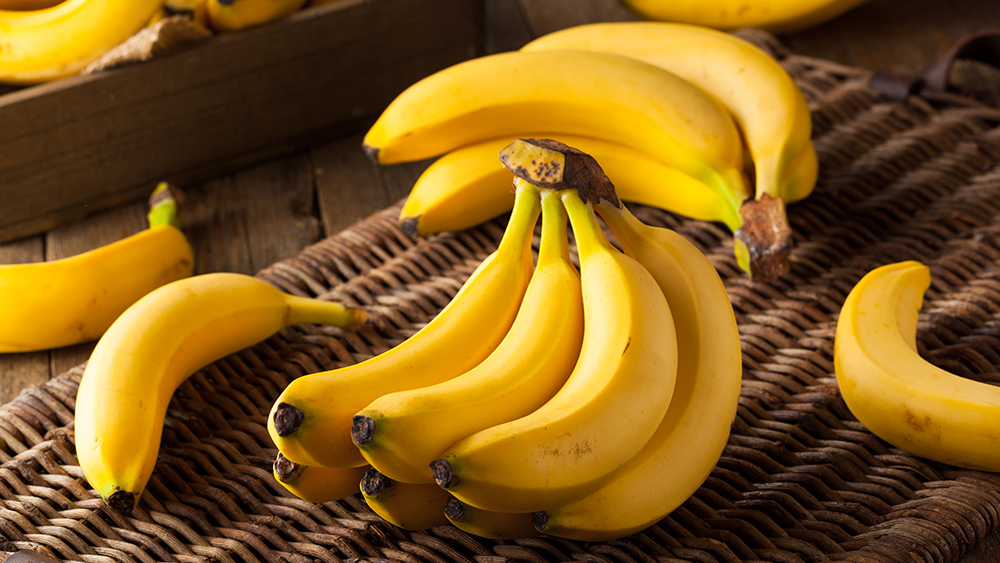
Abraham Ate Bananas?
The Latest
Was a Key to Photosynthesis Evolution Discovered?
Northern Canadian lakes were the source of recently discovered unique photosynthetic bacteria of the phylum Chloroflexota. After years of culturing,...
CREATION PODCAST
Four Moons That Indicate a Young Universe | The Creation Podcast:...
Earth has one moon, but Jupiter has many! What can we learn from our celestial neighbor's satellites? Do they indicate youth?
Host...
Creation Kids: Seeds and Sprouts
by Renée Dusseau and Susan Windsor*
You're never too young to be a creation scientist and explore our Creator's world. Kids, discover...
APOLOGETICS
Christ’s Creativity in Canyon Critters
Grand Canyon animals display many marvelous traits and behaviors as they live life in that harsh habitat. These canyon creatures succeed thanks to the...
Standing Against False Science
I’m Michael Stamp, and I’m in my 12th year as an editor at the Institute for Creation Research. It’s always an encouragement to see...
Oysters and Pre-Flood Longevity
The oyster species Crassostrea virginica, also known as the eastern oyster, is a prized seafood. Research has demonstrated that a fossil version of...
Galápagos Finches: A Case Study in Evolution or Adaptive Engineering?
A group of birds known as Darwin’s finches live in the Galápagos Islands, which are located in the Pacific Ocean 600 miles west of Ecuador....
Hot Springs National Park: Hydrothermal Springs Formed By The...
Hot Springs National Park is located about an hour southwest of Little Rock in the folded Ouachita Mountains of central Arkansas. It is the second smallest...
Why Biology Needs A Theory of Biological Design—Part 2
“Based on a true story” is included by movie producers to add authenticity, importance, and a flair of anticipation. So, my account of how...
Marine Fossil Tapeworm Is Still a Tapeworm
The Flood was both sudden and rapid. The burial of creatures—including delicate plants and soft-bodied animals like jellyfish1—occasionally...




